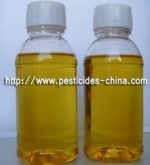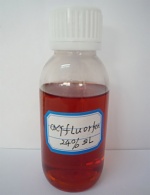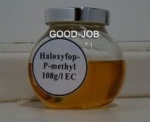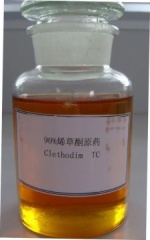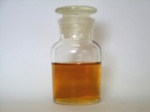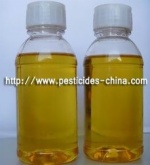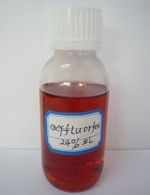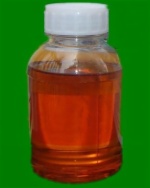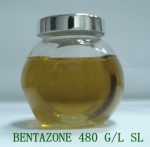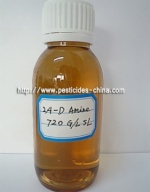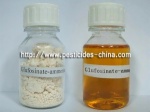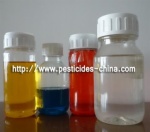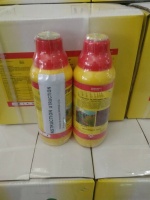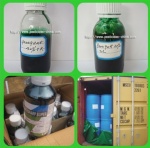Picloram
- Description
Product Name | Picloram | ||||||||||||
Function | Herbicide | ||||||||||||
Chemical Name | 4-amino-3,5,6-trichloro-2-pyridinecarboxylic acid | ||||||||||||
Empirical Formula | C6H3Cl3N2O2 | ||||||||||||
CAS Number | 1918-02-1 | ||||||||||||
Molecular Weight | 241.5 | ||||||||||||
Chemical Formula of Active Ingredient |  | ||||||||||||
Quality standard |
| ||||||||||||
Toxicology | Acute oral LD50 (rat): > 5000 mg/kg Acute dermal LD50 (rat): > 2000 mg/kg Acute rat inhalation LC50: >0.035 mg/l (picloram); >1.63 mg/l (potassium salt); >0.035 mg/l (isooctyl ester); >0.07 mg/l (triisopropylammonium salt). Acute Skin Irritation (rabbit): mild irritant Acute Eye Irritation (rabbit): moderate irritant Skin Sensitization (guinea pig): not a skin sensitizer | ||||||||||||
Applications | Selective systemic herbicide, absorbed rapidly by the roots and leaves, and translocated both acropetally and basipetally, accumulating in new growth. The main use of picloram salts and esters is for the management of unwanted vegetation in rangeland, grass pastures, forestry, as well as non-crop land and rights-of-way sites such as around industrial and military installations, roads,railways, airports, under powerlines and along pipelines. In some countries, there are additional uses in rice, sugar cane, cereals and oilseed rape. | ||||||||||||
Stability | Very stable to acids and alkalis, but decomposed by hot concentrated alkalis. Readily forms water-soluble alkali-metal and amine salts. In aqueous solution, decomposed by u.v. irradiation, DT50 2.6 d (25 ºC). | ||||||||||||
Specification | 95%Tech, 240 g/l SC, 2,4-D 240g/l + Picloram 64 g/l SL, Clopyralid 267 g/l + Picloram 67 g/l SL | ||||||||||||
Pack | 25 kg/carboard drum, 200 L/drum, 5 L/drum etc. | ||||||||||||








